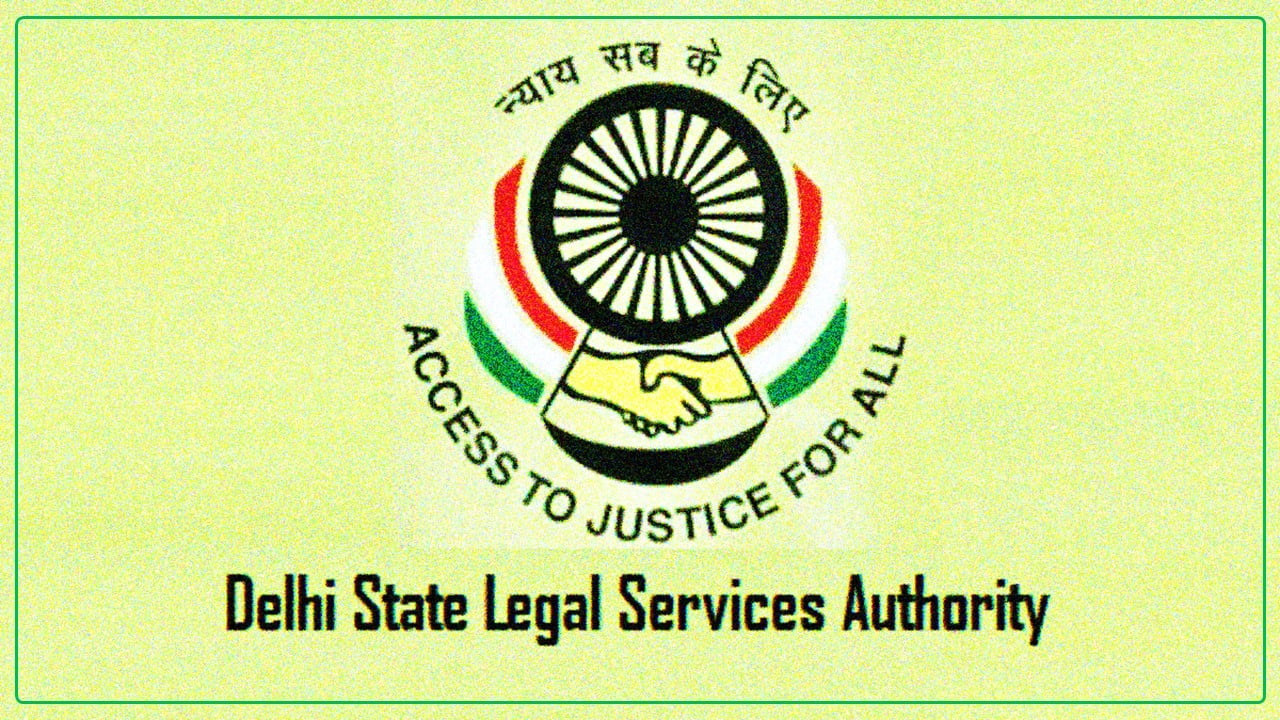– Review and reconcile bank statements.
– Verify outstanding checks and deposits.
Journal Entries:
– Record adjusting entries for accruals and deferrals.
– Update depreciation for fixed assets.
– Adjust prepaid expenses and unearned revenue.
3. Accounts Receivable:
– Reconcile accounts receivable.
– Verify the allowance for doubtful accounts.
4. Accounts Payable:
– Reconcile accounts payable.
– Confirm the accuracy of recorded expenses.
5. Payroll:
– Review payroll transactions for accuracy.
– Confirm tax withholdings and other deductions.
6. Fixed Assets:
– Update fixed asset registers.
– Record disposals or additions to fixed assets.
7. Inventory:
– Verify physical inventory against recorded amounts.
– Adjust inventory levels as needed.
8. Liabilities:
– Confirm all liabilities are recorded.
– Reconcile outstanding loans or credit balances.
9. Expense Review:
– Review all expenses for accuracy and proper classification.
– Confirm that all incurred expenses are recorded.
10. Revenue Recognition:
– Confirm proper recognition of revenue.
– Review deferred revenue and recognize as appropriate.
11. Financial Statements:
– Generate financial statements (Income Statement, Balance Sheet, Cash Flow Statement).
12. Analysis:
– Analyze financial statements for trends and anomalies.
– Conduct variance analysis against budget/forecast.
13. Closing Entries:
– Close temporary accounts (e.g., revenue, expenses) to retained earnings.
14. Documentation:
– Ensure all supporting documentation is filed appropriately.
– Maintain a clear audit trail for all transactions.
15. Backup and Security:
– Backup financial data and store it securely.
– Review access controls and restrict as necessary.
16. Final Review:
– Perform a final review of the entire closing process.
– Confirm all necessary steps have been completed accurately.
17. Reporting:
– Share financial reports with relevant stakeholders.
– Address any queries or concerns.
18. Compliance:
– Ensure compliance with accounting standards and regulations.
– Document any changes in accounting policies or practices.
19. Future Planning:
– Identify areas for process improvement.
– Plan for upcoming months and potential challenges.
20. Audit Preparation:
– Prepare for internal or external audits.
– Document any issues or areas of concern for follow-up.




